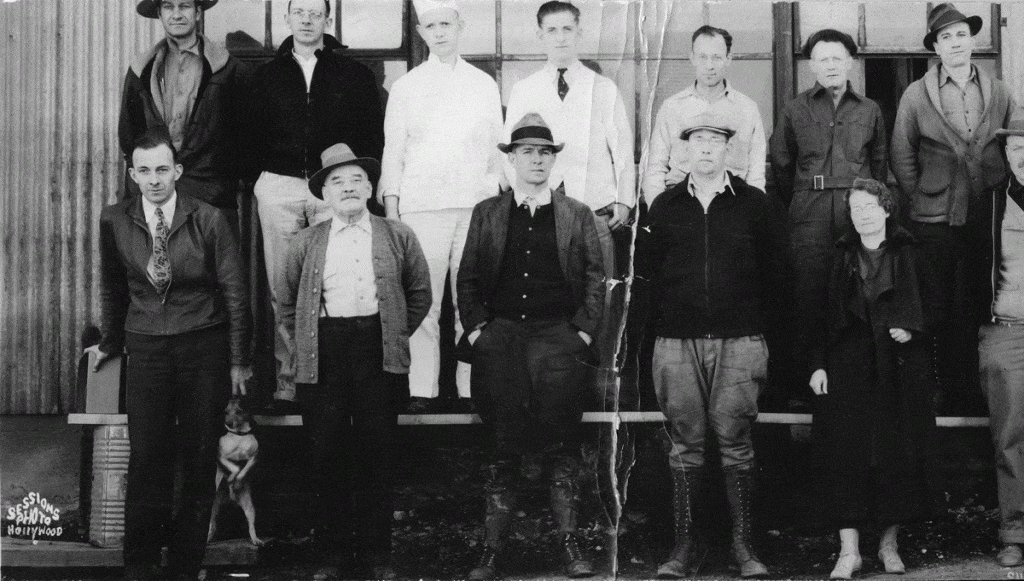On Sunday, November 15, 1941 airmen of the 88th Reconnaissance Squadron based at Fort Douglas prepared their B-18 for a routine mission to Denver’s Lowry Field. The six-man crew left the US Army Air Corps (USAAC) airbase at the Salt Lake airport at 3:20pm. They were to pick up their new commanding officer, Major E.L. Pirtle, who was driving from Kansas with his family. The family would complete the road trip themselves. The weather in both cities was perfect – clear and calm, with unseasonably warm temperatures.
We’ll never know if the crew discussed the eleven fatal accidents involving B-18s that had already occurred in 1941. The airworthiness – or lack thereof – was well-known to flyers of that particular aircraft.
During the return flight, at 11:22pm, the navigator reported an ominous observation near Park City: thunderstorms. The “routine mission” was over. Nighttime thunderstorms viewed from the safety of a modern airliner at 35,000ft are spectacular. In an underpowered B-18 at 14,000ft, they’re a death sentence.
It had been 63 degrees in Park City that afternoon, but weather changed abruptly. Just after midnight, a powerful cold front triggered violent winds and blizzard-like conditions. The B-18 stood no chance. Powerful downdrafts and icing quickly overwhelmed the plane.
Realizing their grave situation, Major Pirtle issued the order to abandon ship. The plane circled low over Park City dropping distress flares. Major Pirtle and Sergeant Jack Anderson held the plane steady as the other five crewmen bailed. In its death throes, the roar of the plane’s engine awakened several residents. Silver King mechanic Frank Stone saw the flares.
Broadcasting Mayday! Mayday!, Anderson relayed the plane’s location as best he could. In the remaining minutes, Major Pirtle bailed. The B-18 rolled and slammed into Iron Mountain, bursting into flames. Sergeant Anderson died on impact.

Credit: Park City Historical Society and Museum, Carolyn Meyer Collection
William Woods (Frank Stone’s neighbor) reported an explosion in the vicinity around 12:30am. The fire alarm sounded and residents were advised to be on the lookout for survivors. Over the next two hours, the five airmen who’d bailed first were found and admitted to the Miners Hospital. Miraculously, the most serious injury was a broken ankle.
Monday morning, Parkites joined military personnel looking for the plane, which was found, along with Sergeant Anderson’s body, by 9:00am. Eighteen-year-old Clifford Leatham discovered Major Pirtle’s body two miles away – his parachute had ripped on the plane’s antenna as he’d bailed.
Pirtle, 34, was survived by his wife and three daughters. Anderson, 20, of Ogden, was survived by his parents and seven siblings.
Three weeks later, the events at Pearl Harbor necessitated a suitable wartime bomber. The answer was Boeing Model 299 – rejected by the Army Procurement Office in 1935 – now known as the B-17 Flying Fortress. Throughout the war, nearly 13,000 were produced. With a total production of less than 300, the B-18 was reassigned to coastal patrol. The bravery demonstrated Pirtle, Anderson, and the others set the tone for the “Greatest Generation.”
I wish to acknowledge the contributions of Gary Kimball, Steve Leatham, Terry Mullane, and Oz Crosby to these two articles.